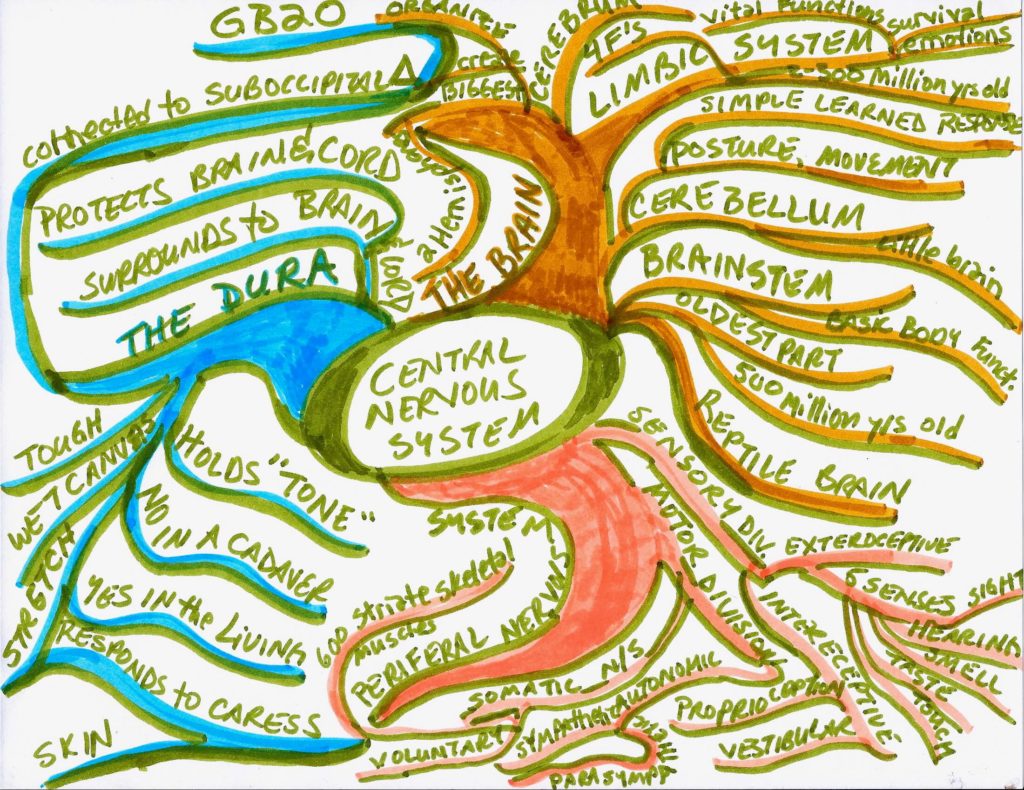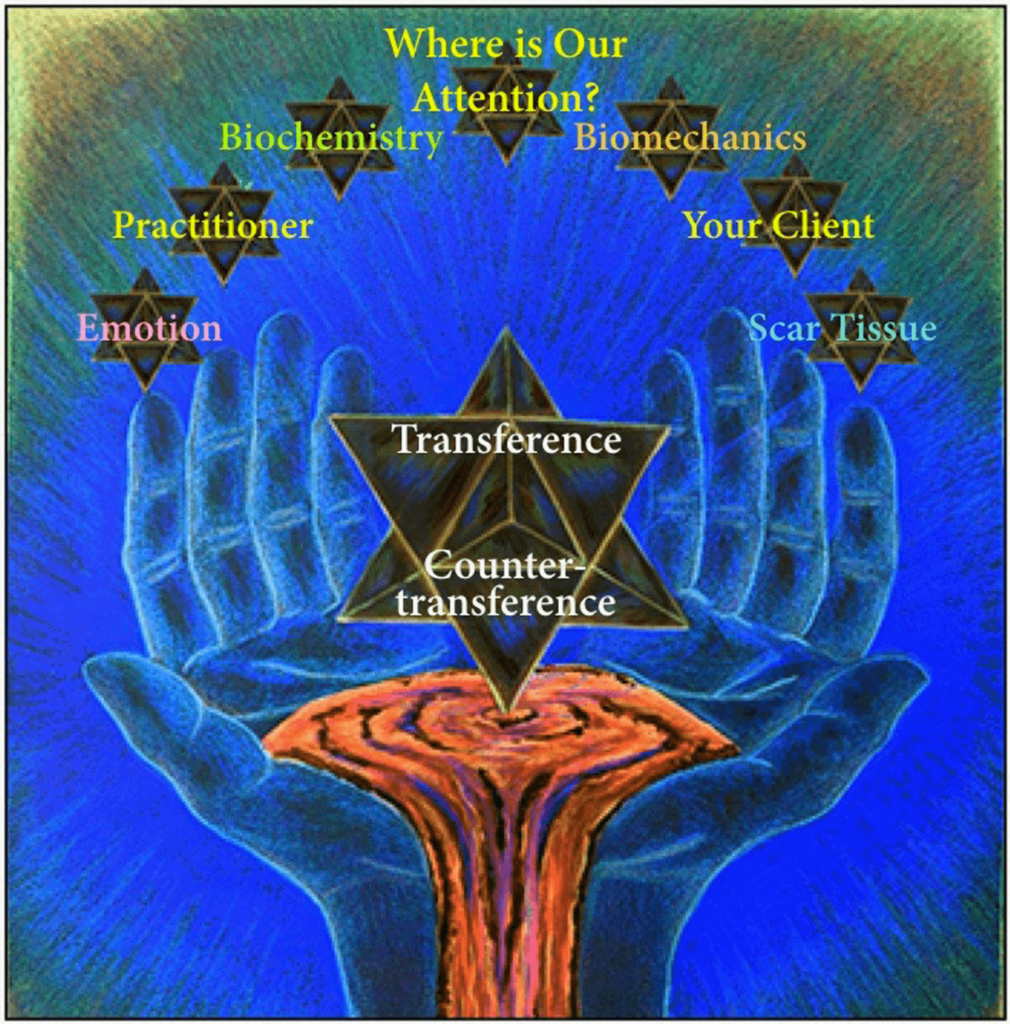Scars are a fact of life lived in the body. Healthy scars close wounds, and that’s the end of it. But some scars don’t stop there; they spread three-dimensional web-like structures, emerging from a wound site or surgical incision. These are pathological scars and can form fibrotic shells around muscles and organs, creating rough, raised tissue that tightens over time as it spreads away from original sites of tissue trauma. The effects of scars can go much further – their pull can be felt at quite a distance from old injuries or surgeries. Scars are often at the root of postural distortions.
Tag Archives: scar tissue remediation
The surprising truth is that without proper preparation, bodywork is simply not right for everyone right away. There’s often quite a bit of body-based housekeeping to take care of before bodywork becomes an appropriate vehicle to take us where we want to go. Each person has their own particular chores to complete to improve their personal balance of four variables; this is their health equation to solve before bodywork is a viable tool to fulfill any promise of pain relief or personal potentiation.
Accurate proprioception (knowing where you are in space) is a use-it-or-lose-it proposition. Due to scar tissue and inflammatory factors, essential functions of pelvic floor organs and genital tissues can be affected. Scar tissue causes thickening of the extracellular matrix or ECM (the goop between your cells), which reduces blood flow, neural messaging, and sensory integration, eventually interfering with your pelvic proprioceptive literacy. This is a kind of dissociation, an inability to feel parts of your body. The mental representation of pelvic floor muscles, encoded in the sensory motor cortex of the brain, goes dark.
Castor oil is derived from the plant Ricinus communis, with a global history of use reaching deep into our past. This is a story about how I used it to treat genital, vaginal, and abdominal scars. I learned about castor oil and scar tissue at the Shiatsu Massage School of California in the late 1990s. I was beginning to think about how to help women suffering from sexual pain after perineal tears, episiotomies, C-sections, and other injuries after giving birth.
In my professional practice as a health consultant, scar tissue remediator, bodyworker, and teacher, I am increasingly aware of the way transference and countertransference play out across a psychological spectrum. This is an effort to identify that spectrum, so we, as somatic professionals, can successfully offer more dynamic and productive sessions. A picture is worth a thousand words. The image above has meaning to me because many of us have our attention out - in our hands - when we work with clients. Where do we hold our internal awareness?





